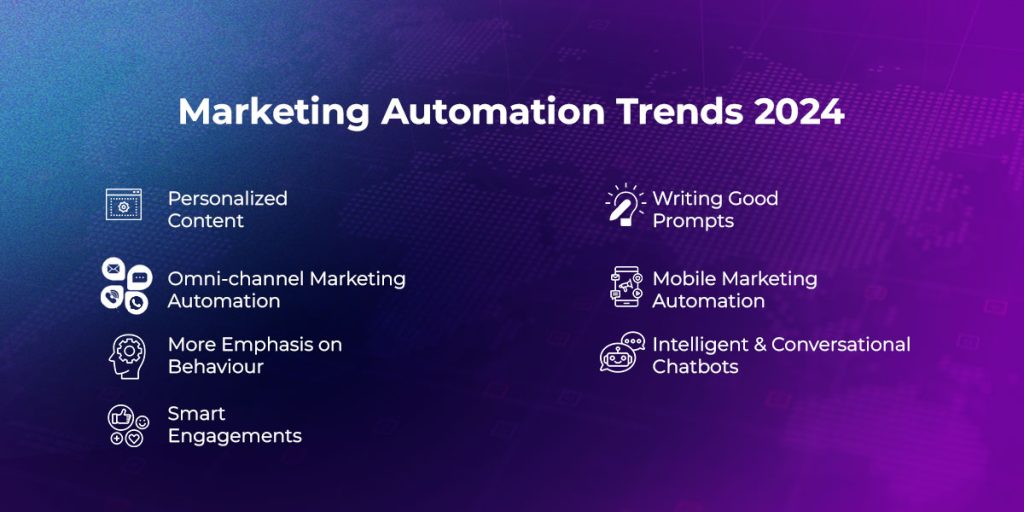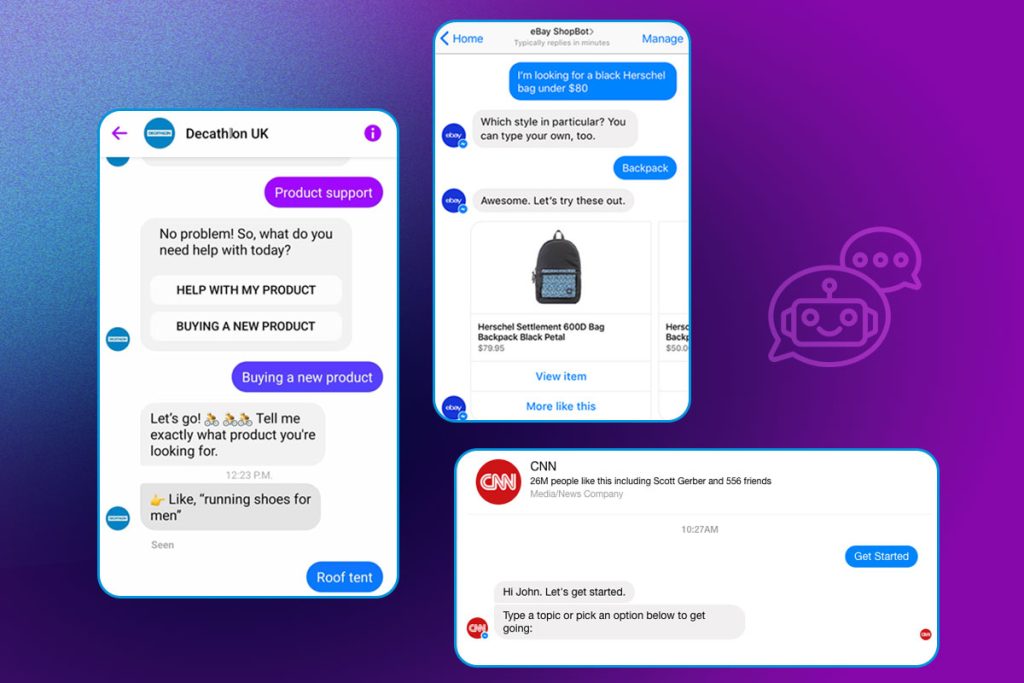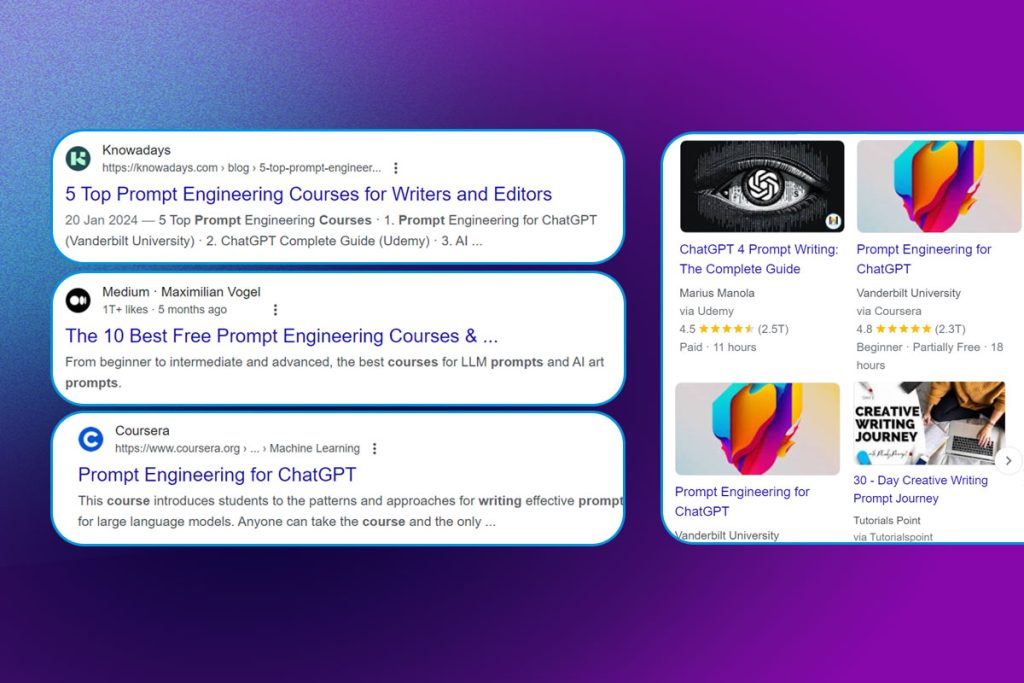Marketing is subject to customer behavior, which changes with every technological advancement. With the introduction of Artificial Intelligence (AI) in the market and the rise of automation tools, the field of marketing has also seen its share of marketing automation trends.
Automation in marketing has expanded exponentially the past few years. A report shows that the marketing automation industry will grow from 5.2 billion USD in 2022 to 9.5 billion USD by 2027.
If your business relies heavily on marketing or is planning to do so, then read on about what’s new in automation in marketing this year.
Marketing Automation Trends for 2024
Mentioned below are some marketing automation trends that you should definitely try out this year.

Personalized Content
It is no longer enough to add the recipient’s name to the Email subject line. That is the bare minimum of personalized content. 2024 will want more in terms of customization. With different CRM tools boosting automation in marketing through features like customer segmentation, the level of content personalization will go up a notch.
Delivering content relevant to buyer stages will become easier with data from the CRM. A new sign-up would require informative and awareness content whereas a repeat purchaser would expect webinars on product updates and feature launches.
This practice of providing relevant and customized content will be a step forward in nudging leads toward conversion faster.
Intelligent and Conversational Chatbots
In the age of ten-minute delivery, we cannot expect customers to raise a ticket and wait for 2-3 working days for every issue resolution. Conversational chatbots can be a good marketing tool to not only provide information about new updates every time a user lands on the website but also to solve customer issues without the hassle of raising a ticket with the support team.
These intelligent chatbots can answer simple and frequently asked questions, thus freeing up your support and success team to answer more complicated questions. Think of questions that customers ask multiple times a day, like,
- How to upgrade to a new plan?
- How do I change my account password?
- How to replace or return an order?
And more on the same lines. Now, think of all the extra time your team will have if a chatbot handles these questions.

Writing Good Prompts
Generative AI tools like ChatGPT and Bard took the last year by storm and changed the face of marketing forever. Influencers and thought leaders on LinkedIn and other professional sites now encourage their audience to take up courses on how to use Generative AI tools better.

Job descriptions for marketing professionals have started including a new criterion: they should know how to write good prompts that yield results. A well-written prompt will provide output faster. This will save time spent on training the AI tool and manufacture relevant content faster.
Poorly written prompts provide inaccurate results and make the task of using an AI tool redundant. The time spent on writing and re-writing prompts to make the tool understand what is exactly needed could be sent churning original thought pieces.
Omnichannel Marketing Automation
Customers engage with a brand across multiple channels. These touchpoints include but are not limited to, webpages, social media, blogs, newsletters, emails, WhatsApp marketing, SMS, and many more. Often they engage with different channels at different stages of the buyer journey. Omnichannel marketing automation keeps them coming back for more.
Manually sending out marketing messages for each different channel is a mammoth task, which has now been fortunately taken over by automation in marketing. Marketers can now focus on fine-tuning the messaging so that it fits its respective medium and buyer stage.
The customer segment that responds well to detailed weekly newsletters might not prefer shorter snippets through WhatsApp messages. Omnichannel marketing automation
Mobile Marketing Automation
Marketing automation trends are no longer limited to improving customer experiences on websites. Mobile marketing automation is fast emerging as an important strategy considered by many to enhance and optimize mobile experiences. But, what is mobile marketing automation?
It involves the automation of routine marketing activities for applications that have been specifically designed for mobile devices. Marketers look for information like the details of the mobile device used, location range, customer behavior while using the mobile application, the demographics, and other similar factors.
This data is then used for customer segmentation and sending personalized content, thus nurturing them towards desired customer behavior.
More Emphasis on Behaviour Analytics
The growing reliance on behavior analytics to make marketing decisions is more than just a fad. Advancements in technology, the rise of AI and ML, and the increasing importance of data in decision-making are sure to make behavior analytics an integral part of every marketing strategy in 2024.
Behavior analytics will take automation in marketing to the next step by enabling marketers to conduct A/B tests to compare different variations of marketing assets, such as emails, landing pages, or ads.
Real-time behavior analytics is one of the marketing automation trends that will soon replace traditional methods like gauging customer experience through manual surveys. The real-time analysis enables marketers to monitor customer interactions as and when they happen. Prompt response through automated emails has a significant impact on conversion rates.
Smart Engagements
Email marketing and drip campaigns are not new, they have existed for quite some time now. What this year will see on the rise is smart engagements that are action or trigger-based. This method will again require customer data like their buyer journey and lead stage details, which are both easily available when using a CRM that also supports automation in marketing.
Smart engagements leverage predictive analytics to send out content addressing customer needs before they even arise. For example, through historical data and pattern analysis, a business can recommend products related to a customer’s past purchases.
This marketing trend also relies on behavioral triggering to send timely and relevant messages, triggered by a certain action. For example, e-commerce websites can send out personalized discount codes or products running out of stock disclaimer messages when a customer has added something to their cart and abandoned it before going through the purchase.
Key Takeaways
Every year will see the rise of different marketing automation trends. It is still early in 2024 for you to take full advantage of the seven automation in marketing examples mentioned in this blog.
Focus on customer experience and product fit while choosing the marketing automation trends to implement in your business. If you are using a CRM, make the most of it through smart engagements, behavior analytics, and sending out personalized content.
Learn good and efficient prompt writing to make generative AI tools work in your favor and conquer the game of marketing.
Elevate your brand’s digital presence with these expert tips! From captivating content to savvy social media strategies, learn how to increase brand awareness and stand out in the digital realm.



